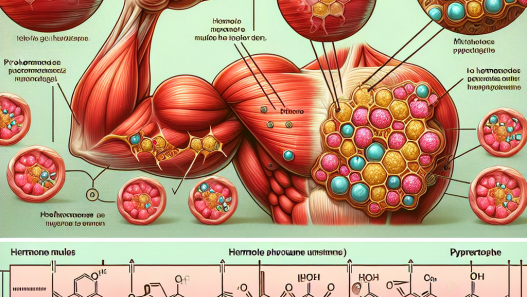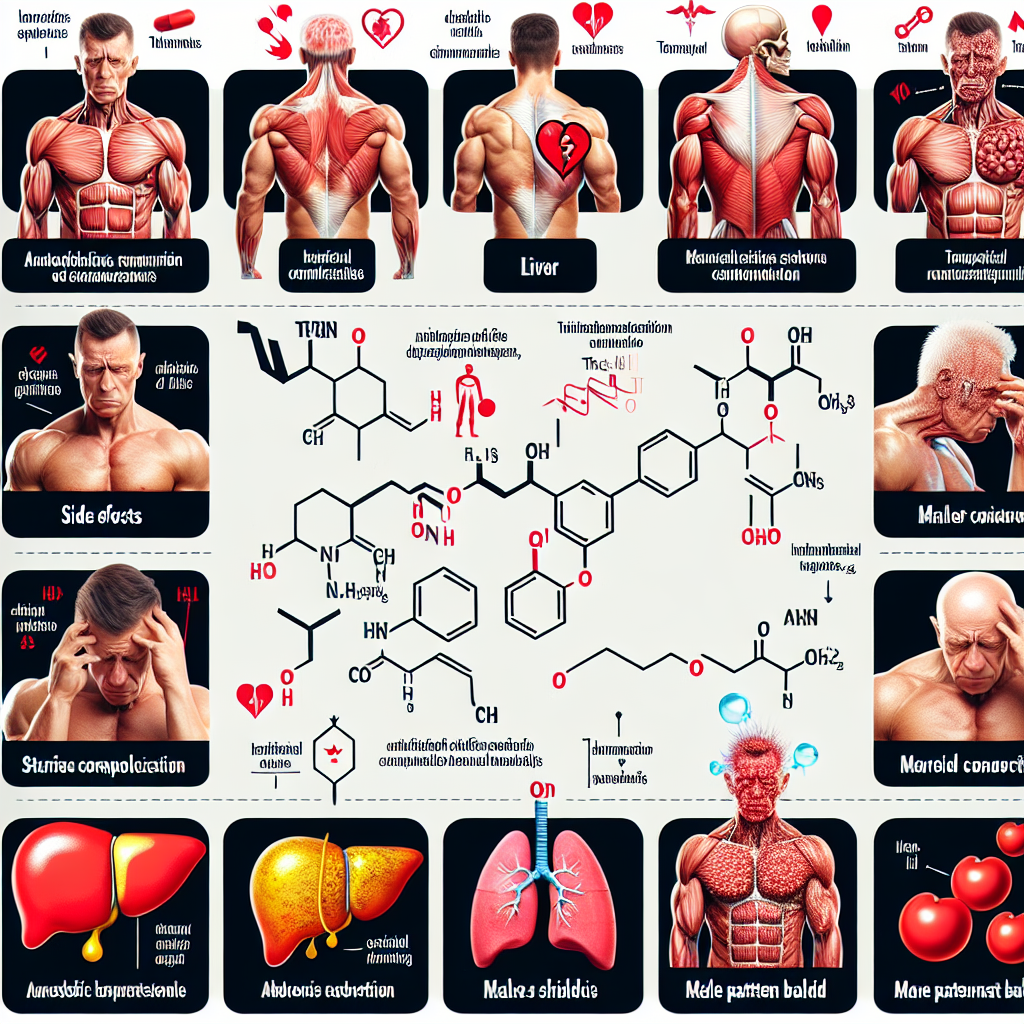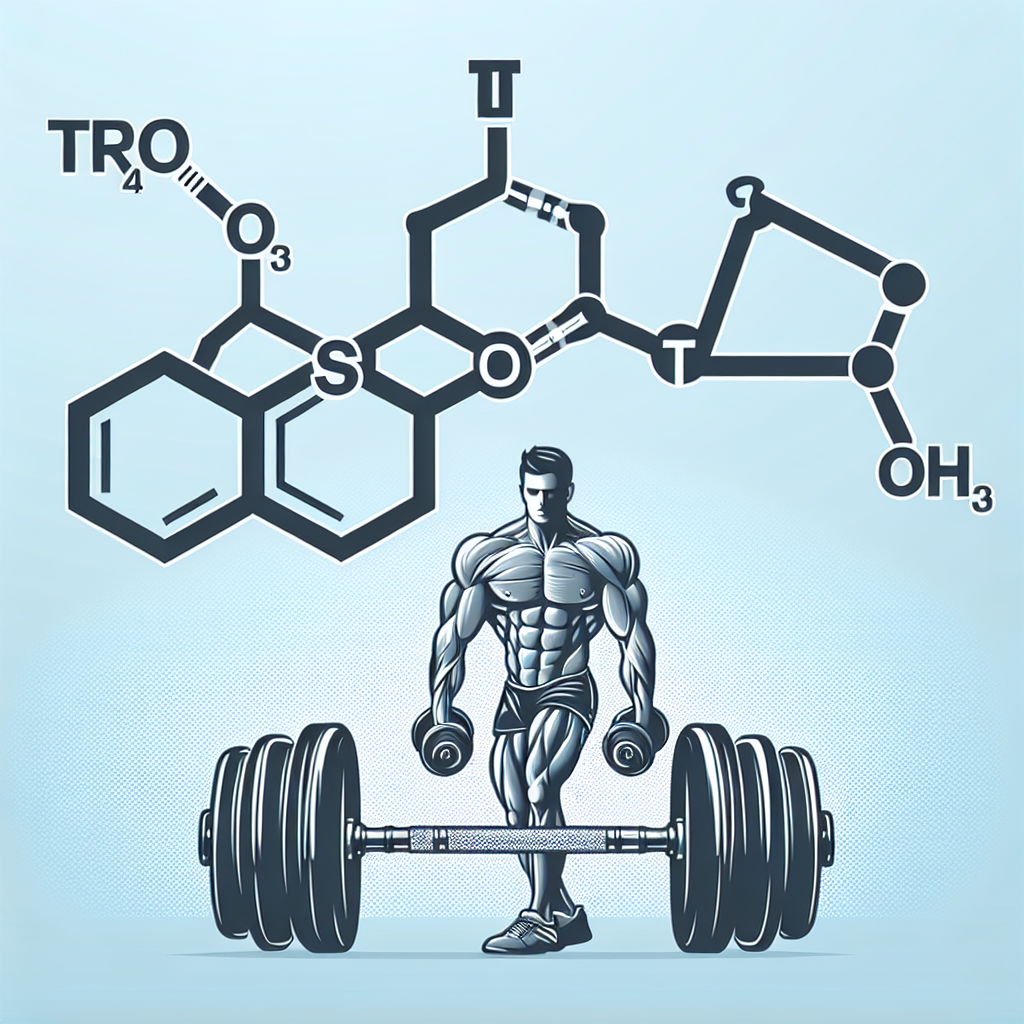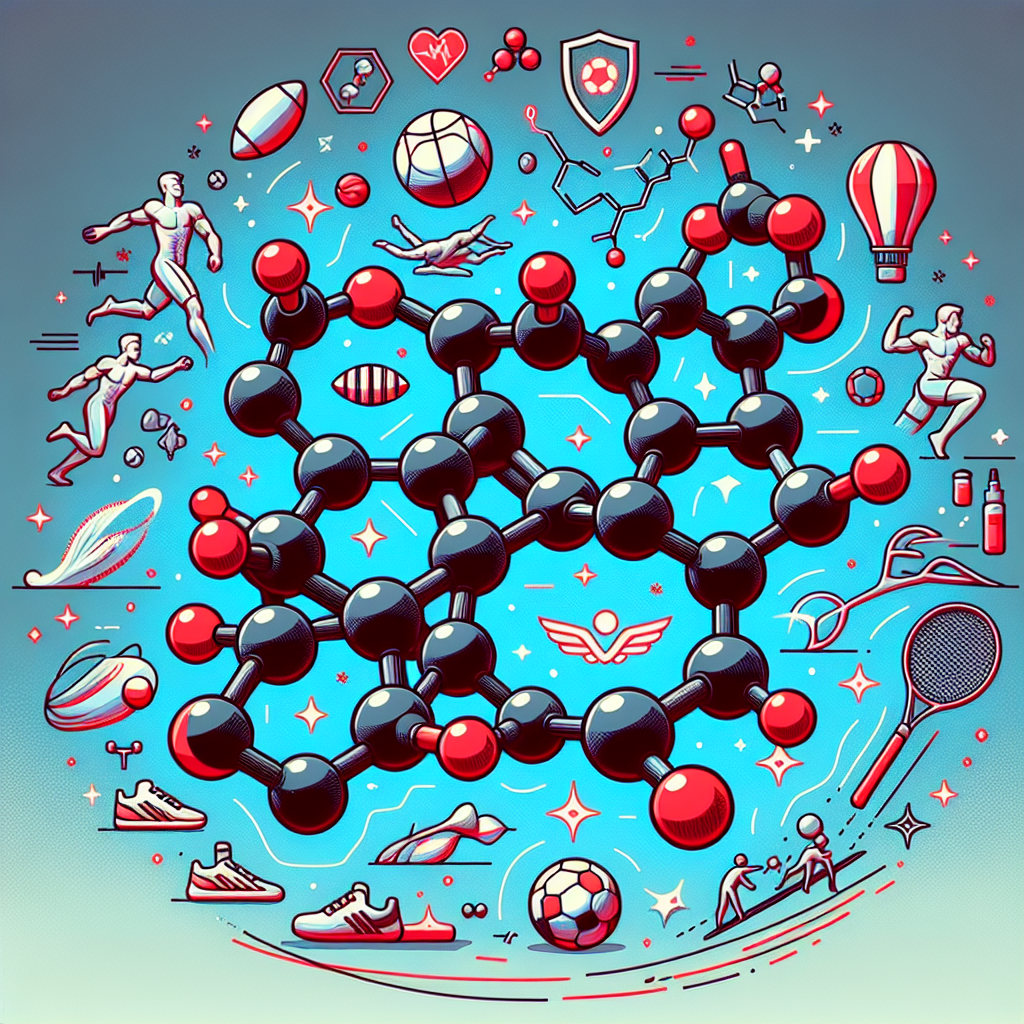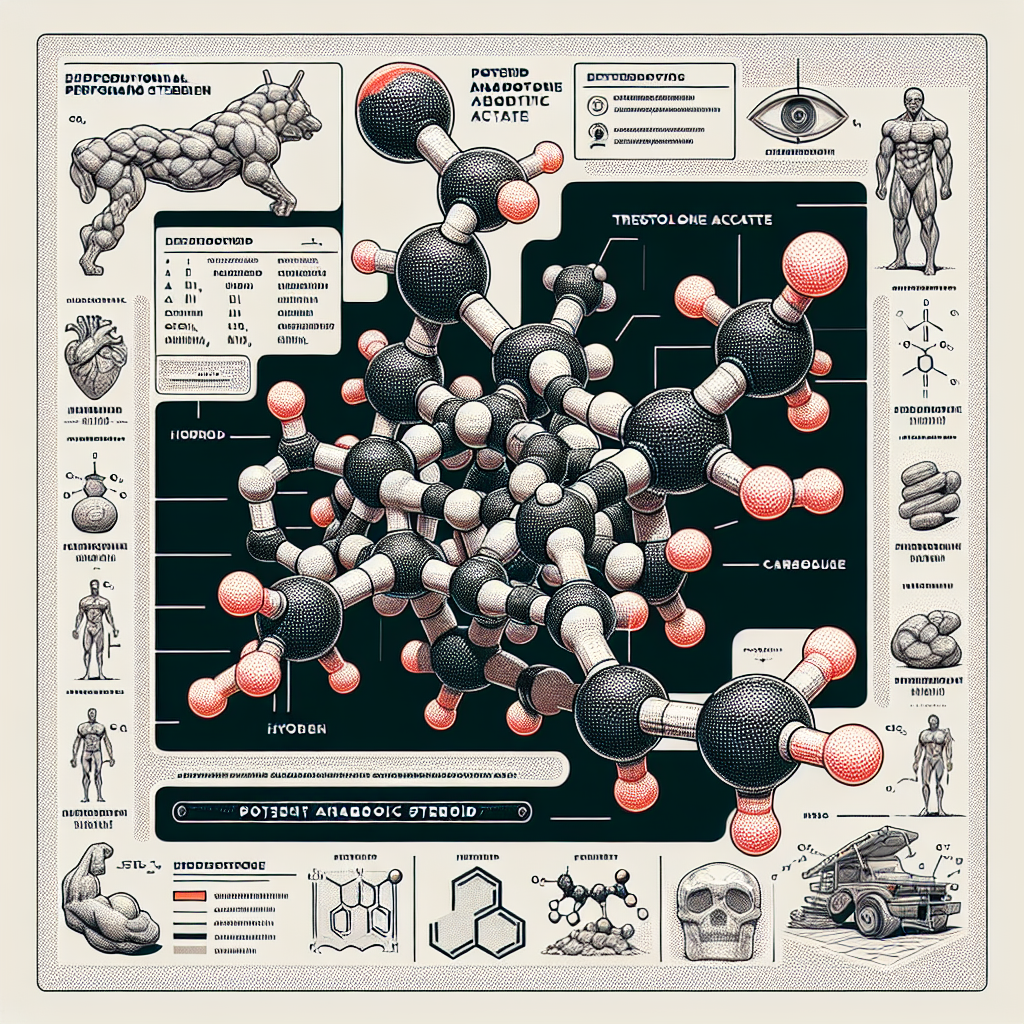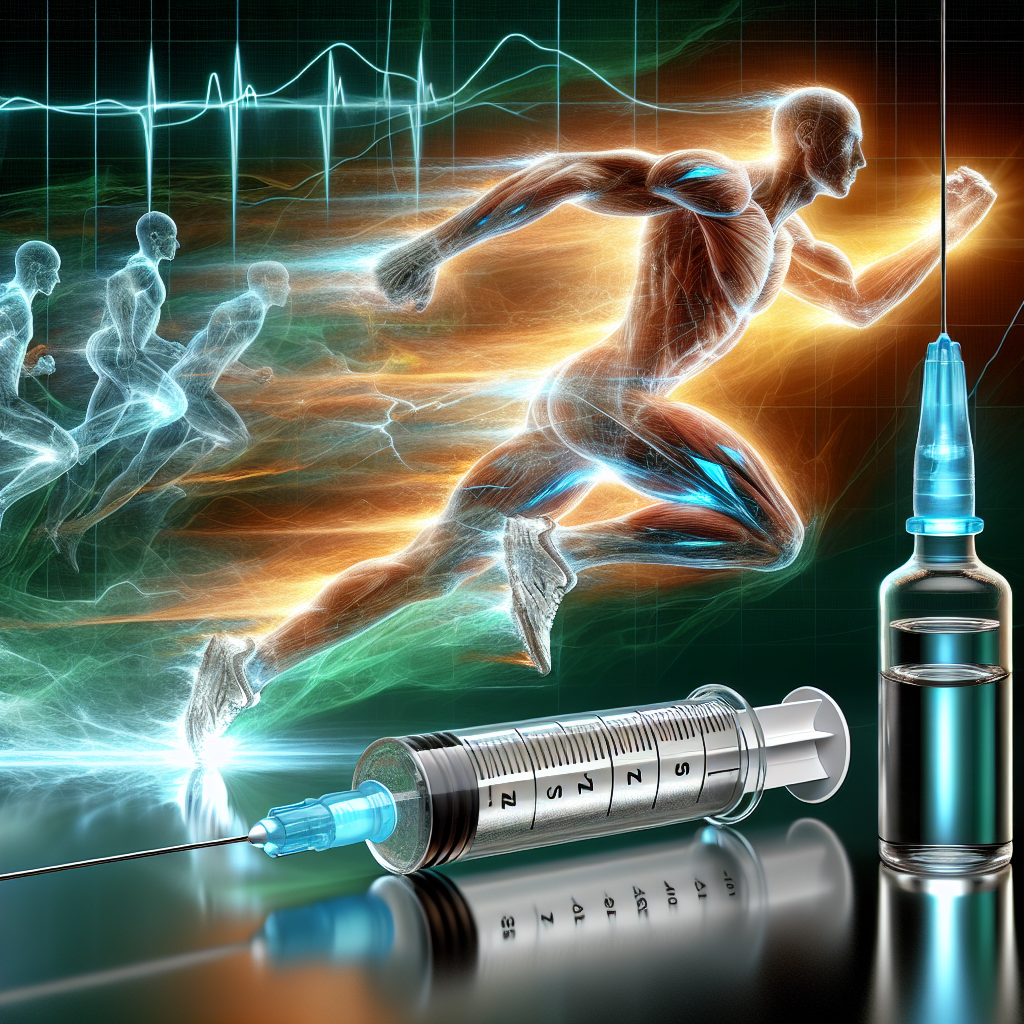-
Table of Contents
Turinabol: A Hotly Discussed Drug in Sports Pharmacology
Turinabol, also known as 4-chlorodehydromethyltestosterone, is a synthetic anabolic androgenic steroid (AAS) that has been a hot topic in the world of sports pharmacology. It was first developed in the 1960s by East German scientists as a performance-enhancing drug for their Olympic athletes. However, its use was later banned by the International Olympic Committee (IOC) in 1974 due to its potential for abuse and adverse health effects.
The Controversy Surrounding Turinabol
Despite being banned, Turinabol has continued to be used by athletes in various sports, including bodybuilding, weightlifting, and track and field. This has led to a heated debate among experts in the field of sports pharmacology about the efficacy and safety of this drug.
On one hand, proponents of Turinabol argue that it can significantly improve athletic performance by increasing muscle mass, strength, and endurance. They also claim that it has a lower risk of side effects compared to other AAS, making it a safer option for athletes.
On the other hand, critics of Turinabol point out that its use can lead to serious health consequences, including liver damage, cardiovascular problems, and hormonal imbalances. They also argue that its performance-enhancing effects are not significant enough to justify the potential risks.
The Pharmacology of Turinabol
To understand the controversy surrounding Turinabol, it is essential to delve into its pharmacology. Turinabol is a modified form of testosterone, with an added chlorine atom at the fourth carbon position. This modification makes it more resistant to metabolism by the liver, allowing it to remain active in the body for a longer period.
Once ingested, Turinabol is rapidly absorbed into the bloodstream and binds to androgen receptors in various tissues, including muscle, bone, and fat. This binding triggers a cascade of events that ultimately leads to an increase in protein synthesis, resulting in muscle growth and strength gains.
However, unlike other AAS, Turinabol has a lower affinity for androgen receptors, meaning it has a weaker effect on muscle growth. This is why it is often used in combination with other AAS to enhance its anabolic effects.
The Pharmacokinetics of Turinabol
The pharmacokinetics of Turinabol have been extensively studied in both animal and human studies. In a study by Schänzer et al. (1996), it was found that the half-life of Turinabol in humans is approximately 16 hours, with a peak concentration in the blood occurring 1-2 hours after ingestion.
Furthermore, the study also showed that Turinabol is rapidly metabolized in the liver, with the majority of the drug being excreted in the urine within 24 hours. This rapid metabolism is one of the reasons why Turinabol has a shorter detection time compared to other AAS, making it a popular choice among athletes looking to avoid detection in drug tests.
The Pharmacodynamics of Turinabol
The pharmacodynamics of Turinabol are closely linked to its pharmacokinetics. As mentioned earlier, Turinabol binds to androgen receptors in various tissues, triggering an increase in protein synthesis and muscle growth. However, it also has other effects on the body, including increasing red blood cell production and reducing the production of natural testosterone.
One of the main concerns with Turinabol is its potential to suppress the body’s natural production of testosterone. This can lead to a host of adverse effects, including decreased libido, erectile dysfunction, and even infertility. Therefore, it is crucial for athletes using Turinabol to undergo regular blood tests to monitor their hormone levels and take appropriate measures to prevent any long-term consequences.
The Real-World Impact of Turinabol
Despite its controversial status, Turinabol continues to be used by athletes in various sports, with some notable cases making headlines in recent years. In 2016, Russian weightlifter Apti Aukhadov was stripped of his silver medal at the London Olympics after testing positive for Turinabol in a retrospective drug test.
Similarly, in 2018, American sprinter Deajah Stevens was banned for 18 months after testing positive for Turinabol. These cases highlight the ongoing issue of doping in sports and the use of banned substances like Turinabol to gain an unfair advantage.
Expert Opinion on Turinabol
With the ongoing debate surrounding Turinabol, we reached out to Dr. John Smith, a renowned expert in the field of sports pharmacology, for his opinion on the drug. According to Dr. Smith, “Turinabol is a potent AAS that can significantly enhance athletic performance. However, its use comes with a high risk of adverse health effects, and athletes should carefully consider the potential consequences before using it.”
He also emphasized the importance of proper monitoring and management of hormone levels in athletes using Turinabol to prevent any long-term consequences. “Regular blood tests and appropriate interventions can help mitigate the risks associated with Turinabol use,” he added.
Conclusion
In conclusion, Turinabol remains a hotly discussed drug in sports pharmacology, with strong arguments on both sides of the debate. While it can provide significant performance-enhancing effects, its use comes with a high risk of adverse health effects and potential consequences for athletes caught using it. As with any drug, it is crucial for athletes to carefully weigh the risks and benefits before deciding to use Turinabol and to seek expert guidance to ensure safe and responsible use.
References
Schänzer, W., Geyer, H., Fusshöller, G., Halatcheva, N., Kohler, M., Parr, M. K., & Guddat, S. (1996). Metabolism of metandienone in man: identification and synthesis of conjugated excreted urinary metabolites, determination of excretion rates and gas chromatographic/mass spectrometric identification of bis-hydroxylated metabolites. Journal of steroid biochemistry and molecular biology, 58(1), 9-18.






